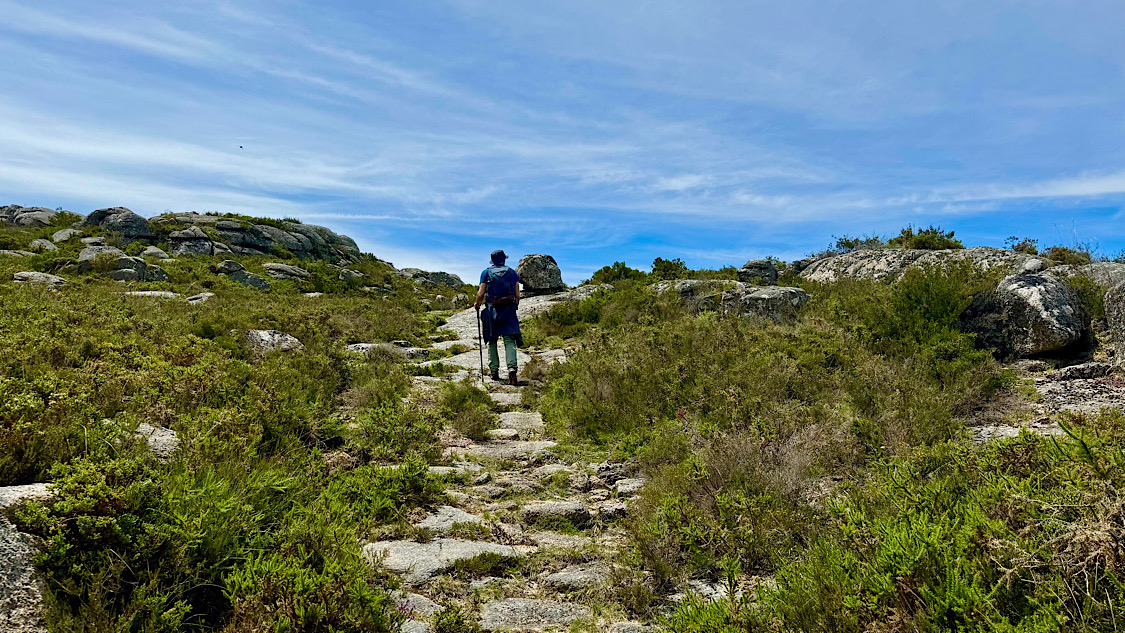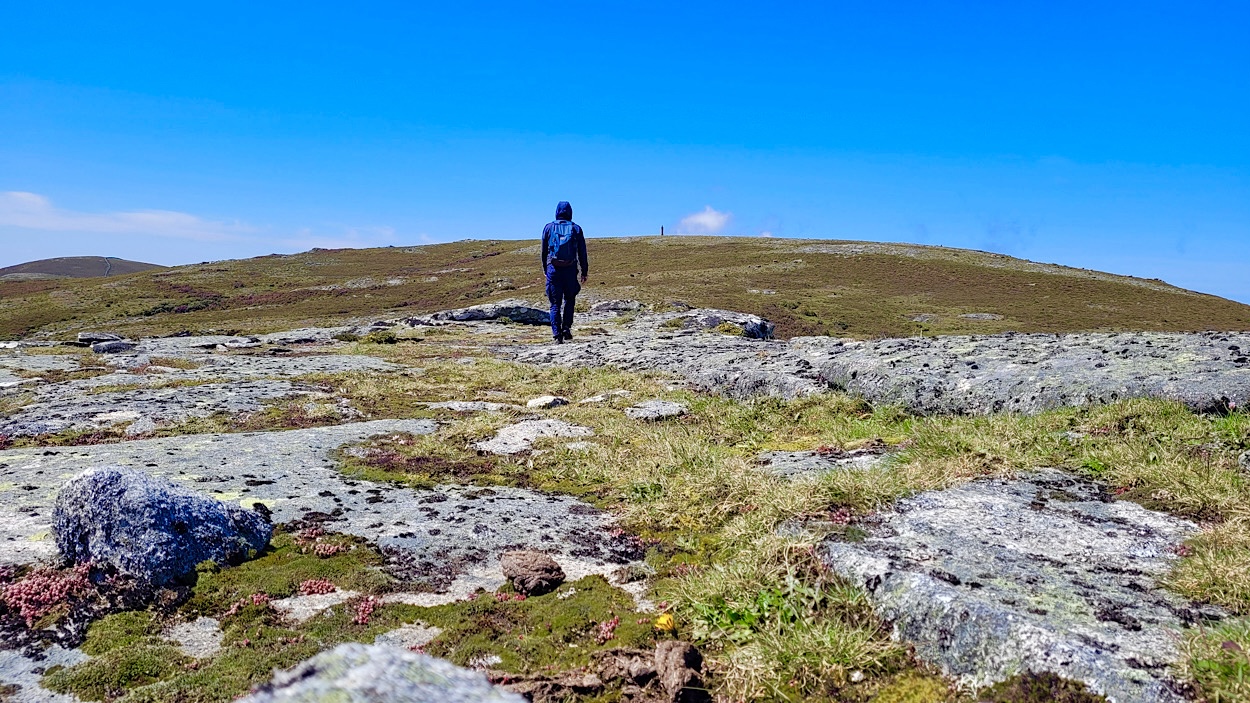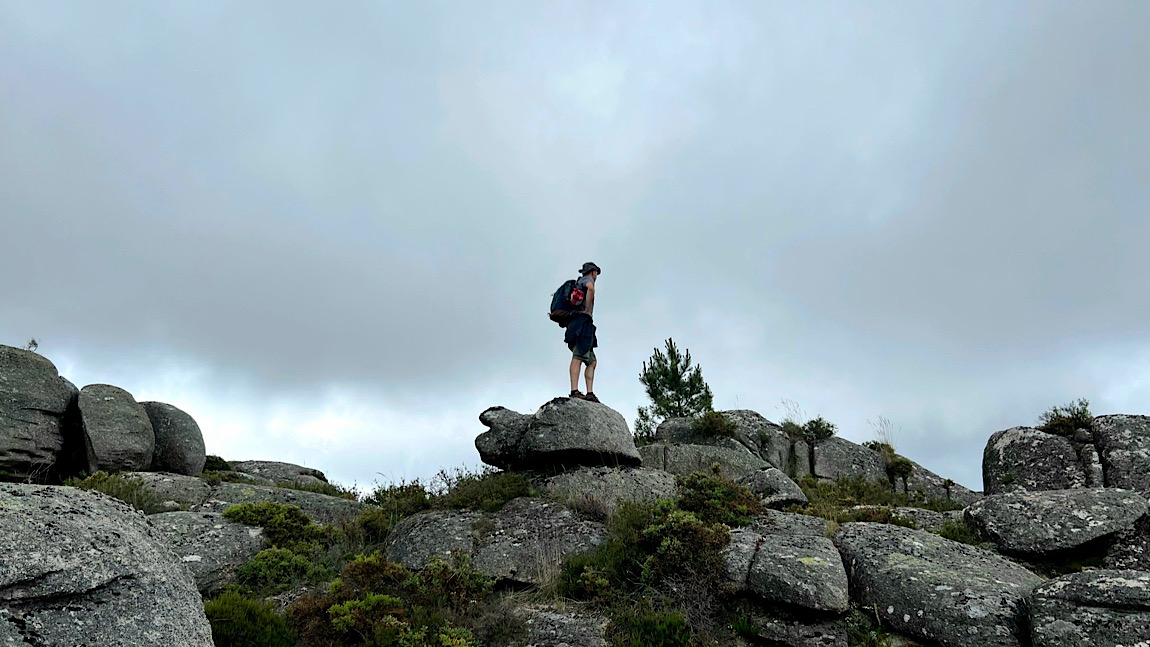Walking in mountainous territory, in remote settings, on carefully chosen trails, full of sensory stimuli, traces of medieval heritage and marks of ancient rural culture, is an experience that is as remarkable as it is liberating.
Whether using stages of the Great Route of Peneda Gerês, in the heart of the national park, or discovering the terraces of Sistelo, which is a Cultural Landscape, a National Monument and a magnificent legacy of heroic subsistence farming, the purpose is always the same: to disconnect in order to connect.

On our walks, silence and a slow, cadenced pace should prevail, so that the senses can be fully awake and synchronised. So that they absorb the colours, the smells, the shapes, the noises, the immensity of details that escape us when the buzz of conversations and the rush to get somewhere condition our behaviour and limit our attention.

Going without seeing, hearing, smelling or touching the wrinkles of time is like not going, it's just physical effort, one foot after the other, nothing more. Dilution in the landscape, evaporation and forgetting oneself and the world, that's what you want. "The body that walks has no history, it is only a flow of immemorial life," writes Frédéric Gros in "Walking, A Philosophy". This is the spirit that we want.

In a world infested with audible and inaudible noise, which social networks and the digital sphere have made narrow and sometimes asphyxiating, what we are proposing here is pure psycho-emotional balm, as urgent as it is vital.
In this sense, and in order to be consistent, we believe that the maximum number of people is 4. More than that is a crowd, whose tendency to chat substantially cancels out the purpose of this type of experience.

